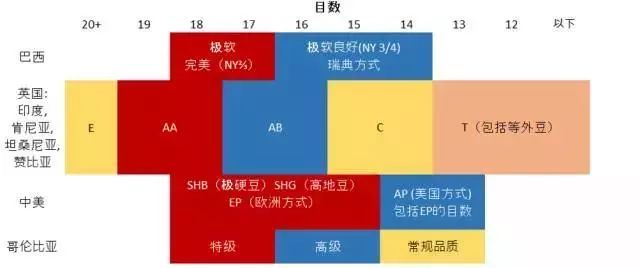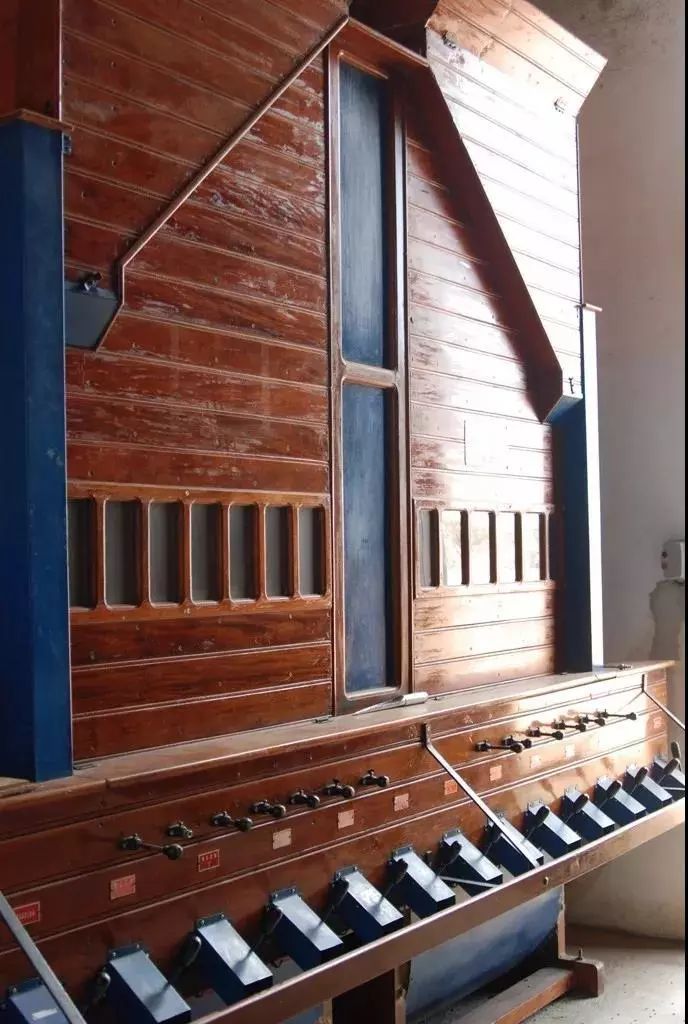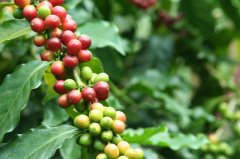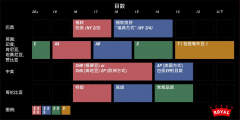Basic screening of raw beans: how to classify the grades of raw coffee beans by the screening system of raw coffee beans
For professional baristas, please follow the coffee workshop (Wechat official account cafe_style)
It is obviously not realistic to sift through the size of coffee beans by hand and visual inspection. The coffee screen is equivalent to a measuring tool, so the accuracy of selection is a very important part.
Many countries use sieve systems to grade raw coffee beans. The principle behind it is that high-altitude coffee beans tend to have higher density and larger size than others. And high-altitude coffee is often famous for its high-quality flavor.
Coffee scholars have found that there is actually a connection between the size, density and quality of coffee. However, there are many special cases of this correlation. The classification of coffee beans by sieve screen can only be used to judge whether the coffee beans of the same batch are uniform or not, in order to ensure the baking results of higher quality.
The so-called judging quality according to the screen means to evaluate the quality according to the size of raw beans. For all kinds of raw beans, the size of the beans is determined by a perforated iron plate screen. The size of the hole in the sieve is 1 canopy 64 inches, so the 17 sieve refers to 17 canopy 64 inches, which means that the raw bean can pass through the sieve with a hole size of 6.75 mm.
The most advanced coffee beans in Tanzania are large granulated beans called AA, which need a sieve of more than 18 mm, while AA in Kenya also uses large granular beans with holes above 7.2mm. Colombia has two grades: Supremo and Excelso. The special grade needs a sieve of more than 17, and the upper grade needs a sieve of 14 and 16 (refers to the beans with sieve 16 mixed with 11% of 14 sieve beans).

Photo Source: The crown
For bakers, the screen can test whether the raw beans provided by raw bean suppliers are consistent with their promises, and do some simple screening at the same time; for raw bean manufacturers, it can test whether the samples from the place of origin meet the requirements, whether the goods from origin to Hong Kong are consistent with the samples from origin, etc.; for producers, it can help to screen and classify the processed raw coffee beans in order to better sell them.
Usually, raw beans are graded by determining the size of the beans through a perforated iron plate sieve. Different coffee producing areas have their own terms and standards, but the sieve size of coffee beans (bean size) can be a common language to some extent. The size of the screen is usually marked as: 17pm 18pm 15pm 16pm 13ip 14.
One of the more common and common brands is:

This is a magical Brazilian brand with a history of 65 years, widely dabbling in coffee, cocoa, pepper, Guarana. Large-scale factory equipment for, etc. With regard to the coffee industry, they may sell more coffee processing plant equipment and so on.
I saw his coffee sorting equipment when I was Henrique Sloper, the owner of Camocim in Pedra Azul, Espirito Santo province, Brazil. You can see its exquisite organ-like design in the following picture.

The machine for classifying the number of coffee items is very large, divided into several layers, each tilting slightly downward. When the coffee enters the machine, the machine begins to vibrate, and the raw coffee beans with different mesh are screened out by gravity. The workers picked up the screened coffee beans in sacks at the bottom of the machine. Through multi-layer screening, the number of coffee beans selected is more accurate, and these devices can also be manually adjusted.
Important Notice :
前街咖啡 FrontStreet Coffee has moved to new addredd:
FrontStreet Coffee Address: 315,Donghua East Road,GuangZhou
Tel:020 38364473
- Prev

The Best Model Student on the World Coffee Map-the latest Micro-batch Flavor description of Kenya AA2018
Professional barista exchange please follow the coffee workshop (Wechat official account cafe_style) Kenya Pearl beans Top Sika producing area Honey Cooperative (Kenya PB Top Thika Asali Cooperative) flavor description: grapefruit, mulberry, caramel, candied-like sweet and sour taste, full and juicy, crisp and sweet. Production area: Sika production area (Thika) producer: honey cooperation
- Next

Why should raw coffee beans be classified according to the number of items? The relationship between the size of coffee beans and the price
Professional baristas Please follow the Coffee Workshop (official Wechat account cafe_style) the last step in the coffee dryer is to sort the raw coffee beans according to the size of the coffee and then bag them for export. The machine for classifying the number of coffee items is very large, divided into several layers, each tilting slightly downward. When the coffee entered the machine, the machine began to shake
Related
- Detailed explanation of Jadeite planting Land in Panamanian Jadeite Manor introduction to the grading system of Jadeite competitive bidding, Red bid, Green bid and Rose Summer
- Story of Coffee planting in Brenka region of Costa Rica Stonehenge Manor anaerobic heavy honey treatment of flavor mouth
- What's on the barrel of Blue Mountain Coffee beans?
- Can American coffee also pull flowers? How to use hot American style to pull out a good-looking pattern?
- Can you make a cold extract with coffee beans? What is the right proportion for cold-extracted coffee formula?
- Indonesian PWN Gold Mandrine Coffee Origin Features Flavor How to Chong? Mandolin coffee is American.
- A brief introduction to the flavor characteristics of Brazilian yellow bourbon coffee beans
- What is the effect of different water quality on the flavor of cold-extracted coffee? What kind of water is best for brewing coffee?
- Why do you think of Rose Summer whenever you mention Panamanian coffee?
- Introduction to the characteristics of authentic blue mountain coffee bean producing areas? What is the CIB Coffee Authority in Jamaica?

